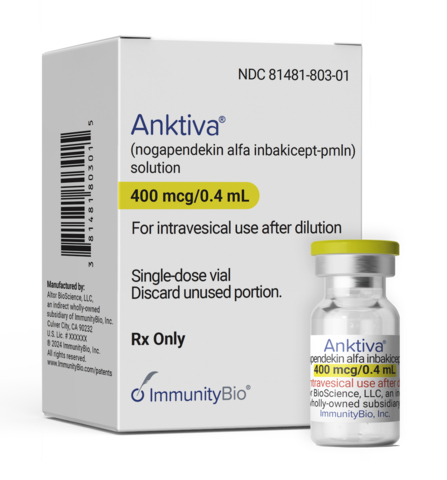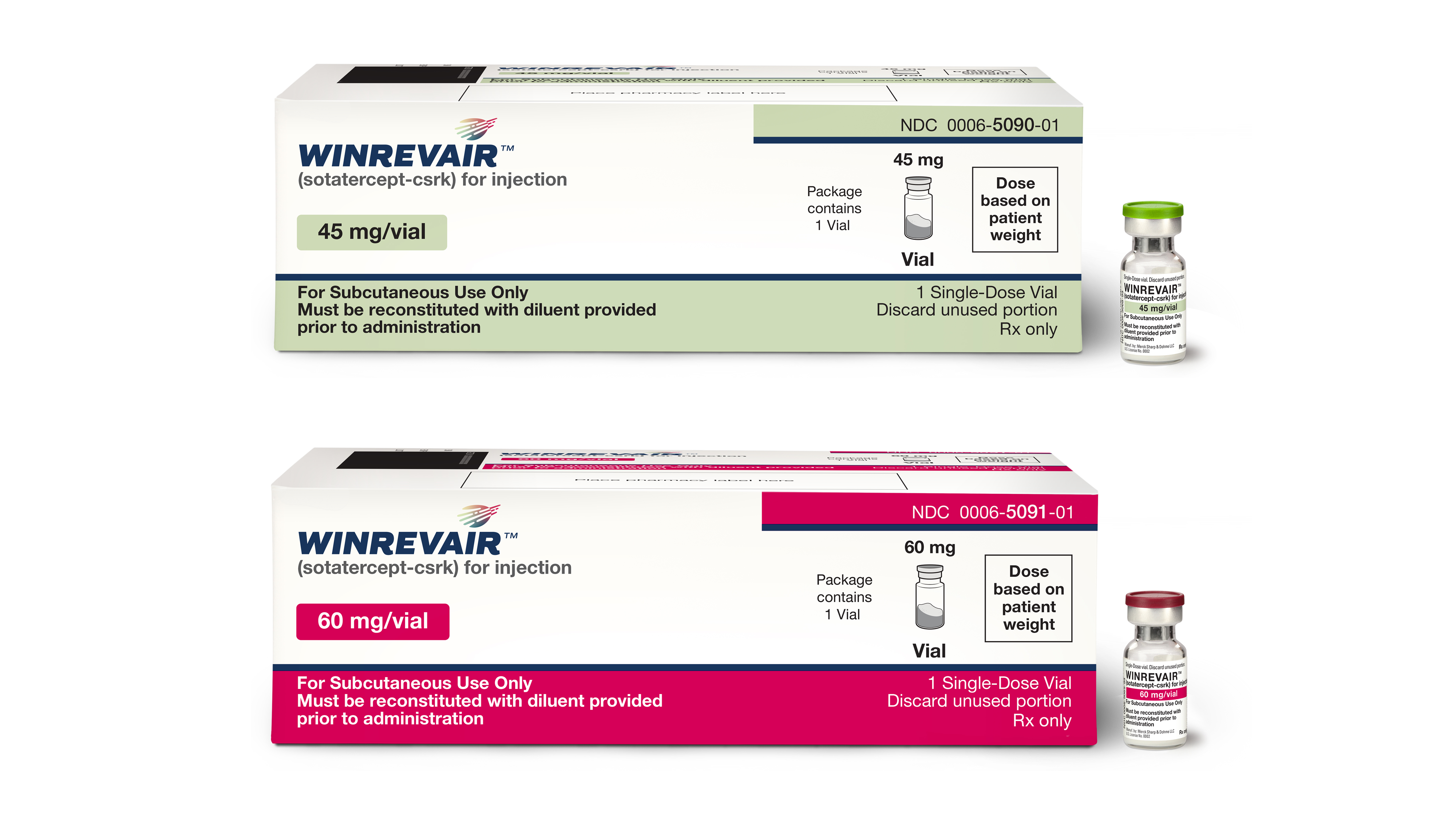A team of researchers across the US, UK and Canada have assembled the most complete version of the human genome using a small, portable DNA sequencer made by Oxford Nanopore Technologies. The technique – which was published in the journal Nature Biotechnology – involved sequencing the entire human genome in larger fragments than can be read using other sequencing technologies.
The MinION sequencer works by passing the DNA fragment through a nanopore in a membrane and detecting the change in current caused by each individual base. Using this technology, the researchers were able to sequence segments of DNA over 1,000 times longer than the original fragments used to compile the first human genome in 2001.
By sequencing longer DNA fragments, the researchers were able to spend less time piecing them together into a full genome. This allows for a more accurate picture of the genome, including new insights into previously unstudied regions and genes whose function is not entirely understood.
Since Oxford Nanopore’s MinION device only costs $1,000, this could make it easier and less costly for patients to have their genome sequenced. Genomic data could then be used to help make diagnostic and treatment decisions on a personalized level.
“This important study demonstrates that we are getting ever closer to widely accessible human genome sequencing,” said Dr. Justin O’Grady, from University of East Anglia’s Norwich Medical School. “Our laboratory at UEA has pioneered the application of nanopore sequencing for rapid infection diagnosis.
“Significant advances in this technology have now enabled us to sequence the human genome and assemble it with high accuracy using an inexpensive, pocket-sized device,” said O’Grady. “In the future, this technology could potentially be used for the rapid, near-patient diagnosis of diseases such as cancer.”
In studying this version of the genome, the researchers were able to get a better understanding of the region of the genome that plays a role in tissue typing and the risk of rejection after transplantation surgery, known as the major histocompatibility complex. They were also able to determine the lengths of telomeres from the sequences, which have important implications in aging research.
“This is a landmark for genomics – the long reads that are possible with nanopore sequencing will provide us with a much clearer picture of the overall structure and organization of the genome than ever before,” said Dr. Matt Loose, of the University of Nottingham’s School of Life Sciences.












Join or login to leave a comment
JOIN LOGIN